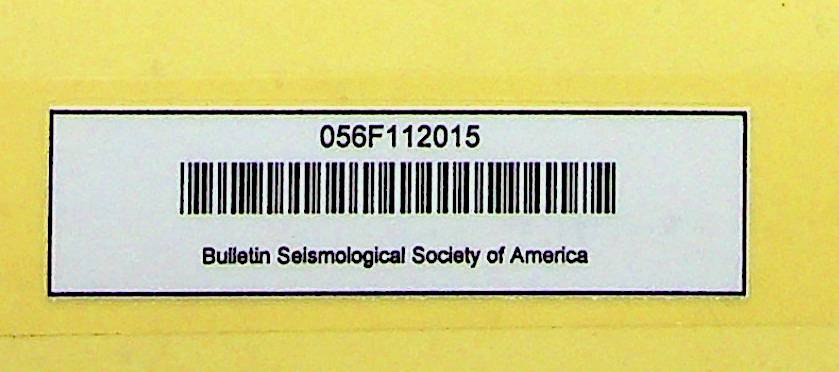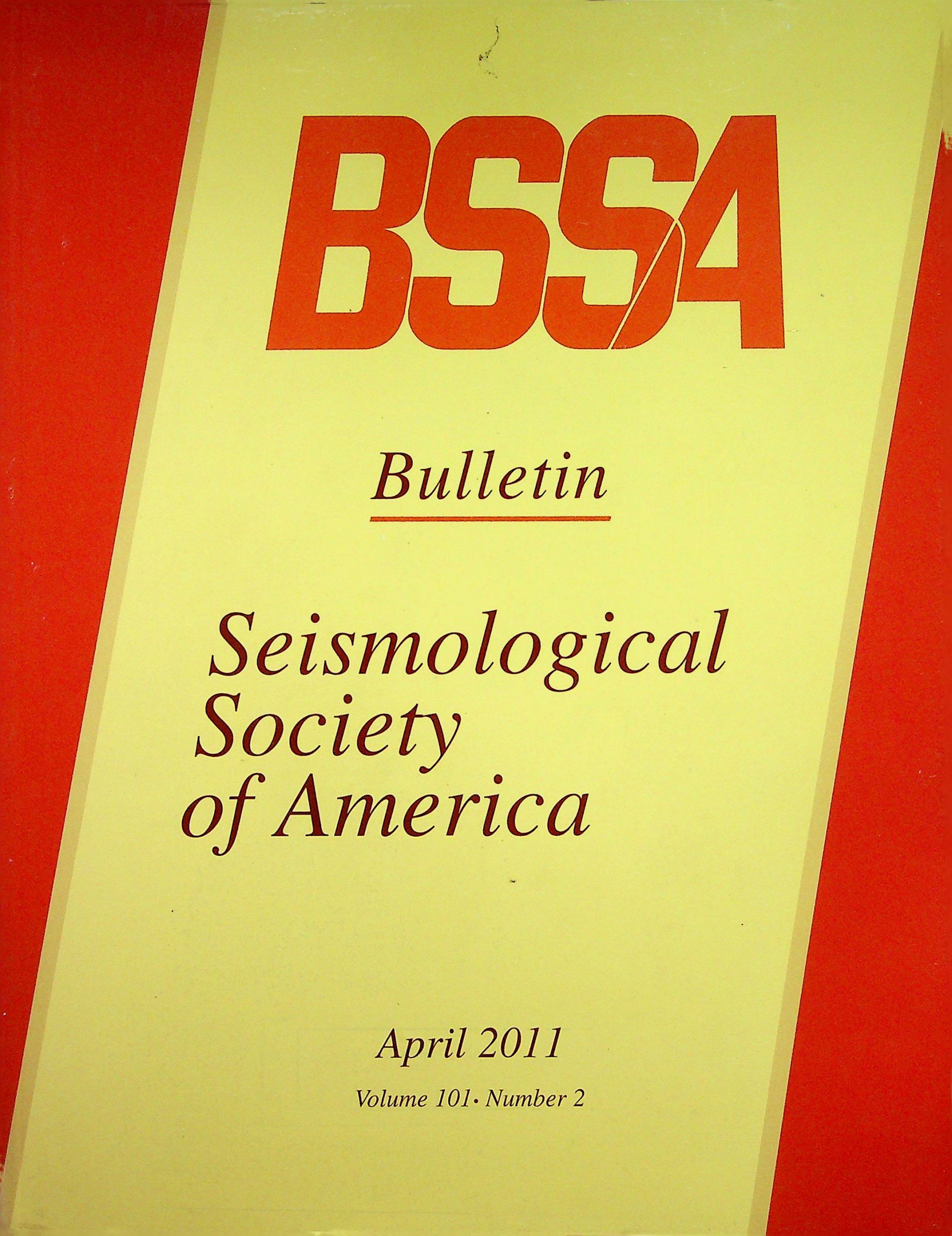Abstract We studied the correlation between the final event magnitude and four parameters obtained from the early portion of P and S phases for a set of high quality subduction events. These relationships are used in the framework of earthquake earlywarning systems for real-time magnitude estimation. The investigated parameters are the low-pass-filtered peak displacement (PD), the integral of the velocity squared (IV2), and the predominant and characteristic periods (rp and rc). We created a dataset from the continuous records of the first two weeks following the 14 November 2007 Mw 7.8 Tocopilla (Chile) earthquake. The dataset includes 69 events with magnitudes greater than 4, among them the main event (Mw 7.8), the main aftershocks of Mw 6.7 occurred on November 15, and 4 events with magnitude greater than 6. The low-pass-filtered PD read on short P-phase and S-phase windows is well correlated with the final magnitude, confirming previous results. Indeed when examining 2-s time windows of P waves, we did not observe any saturation effect for magnitudes greater than 6.5; however, there is a slope change in the regression curve. A similar result is obtained from the integral of squared velocity computed over short windows around P and S waves. The characteristic and predominant periods are correlated with magnitudes up to Mw 6; but they clearly do not scale with the magnitude for the stronger events. Our observations offer insight into the feasibility of an early-warning system in Chile
5
Seismological Society of America
M. Lancieri, A. Fuenzalida, S. Ruiz, and R. Madariaga
Penerbit :
Carol A. Mark
Tahun :
2011
Buku lain-lain
-
No Scan220
-
No Klasifikasi-
-
ISBN
-
ISSN-
-
No Registrasi056F112015
-
Lokasi Terbit
-
Jumlah Hal24
-
Label-
-
Versi DigitalTIDAK
-
Versi FisikTIDAK
-
Lokasi Rak Buku Fisik//
-
Jumlah Exemplar Fisik Tersedia-





